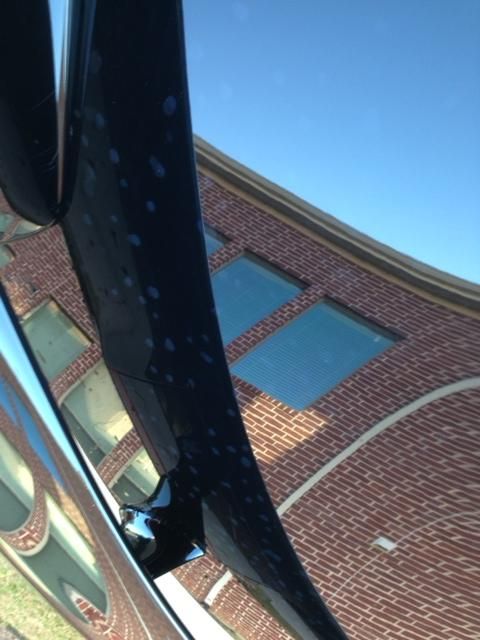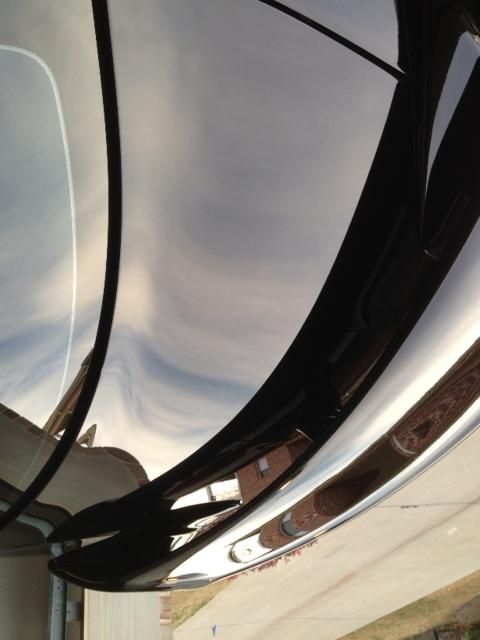CosmosMpower
New member
I'm new here and drive a 2010 black Nissan GT-R. I washed my car today for the first time in a few weeks. I used this stuff my buddy gave me called Optimum No Rinse. It worked pretty well but when I got to the trunk I noticed some weird spots on the trunk lid. I thought they were just water spots so I did another pass and even broke out the hose and washed/rinsed but the spots look like they are under the clearcoat in the paint itself. They look like grey water spots that won't come off. The paint still feels glossy not like the clearcoat is eaten away or anything. Just looks like water or condensation almost trapped underneath the clearcoat. Nothing happens when you press down on the spot either.
The weird part is that they are only on the trunk lid, not on the spoiler, rear bumper, quarter panels or anywhere else on the car. I tried cleaner wax, swirl remover and nothing did anything. Any ideas what in the world this is and how to fix it? It seems like it might be some acid or chemical got on it but I can't think of when/where this might have happened and why it's only on the trunk. Any help from the experts is much appreciated!


The weird part is that they are only on the trunk lid, not on the spoiler, rear bumper, quarter panels or anywhere else on the car. I tried cleaner wax, swirl remover and nothing did anything. Any ideas what in the world this is and how to fix it? It seems like it might be some acid or chemical got on it but I can't think of when/where this might have happened and why it's only on the trunk. Any help from the experts is much appreciated!



